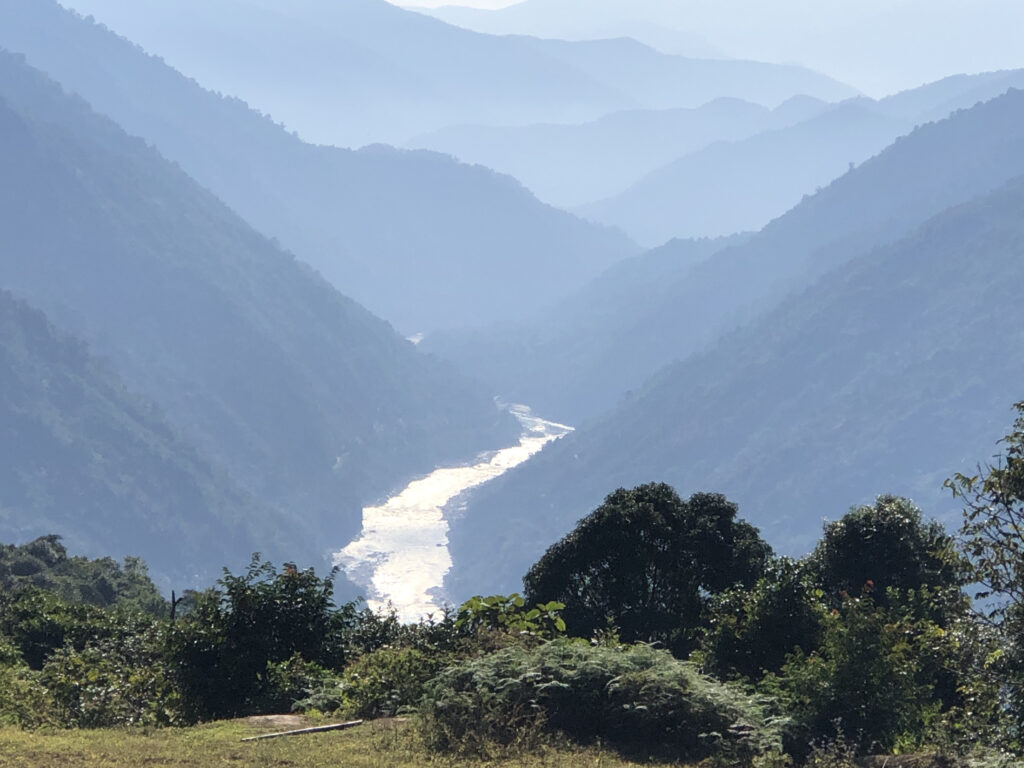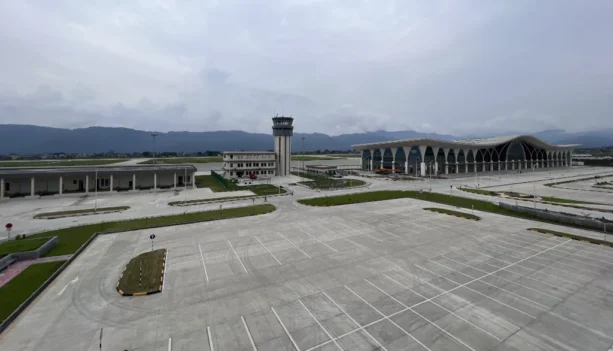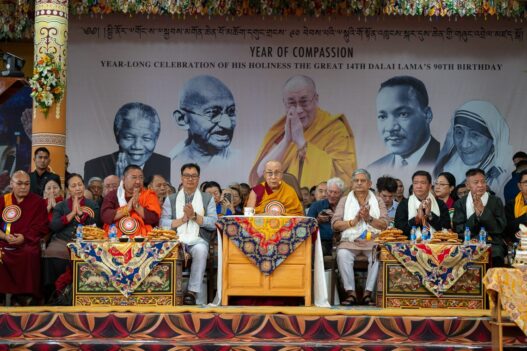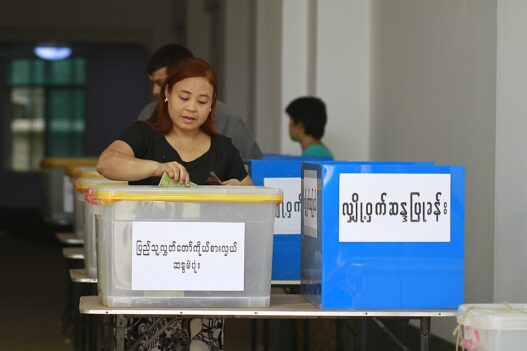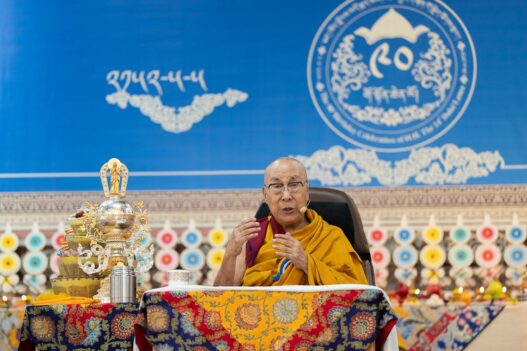The construction of a colossal hydropower project by China in Tibet has emerged as a matter of grave concern for India, especially for those residing in its eastern regions. These areas now face a perpetual threat akin to living under a “water bomb,” controlled by a foreign power governed by a Communist regime that lacks credible bilateral relations with India, the world’s largest democracy. The recent earthquake in the Tibetan plateau, which claimed over 125 lives and injured numerous others, has exacerbated these fears. The disaster has underscored the seismic vulnerabilities of the region, further alarming those downstream who depend on the Brahmaputra River.
Often referred to as the Earth’s “third pole,” the Tibetan plateau experienced a powerful earthquake on 7 January 2025, registering a magnitude of 7.1 on the Richter scale. The tremors, which were felt in neighbouring Nepal, Bhutan, and India’s eastern states, also led to aftershocks that intensified the destruction. More than 3,500 homes were damaged in this high-altitude Himalayan region, which maintains an average elevation exceeding 4,000 metres. Over 400 individuals were rescued, and nearly 30,000 people were relocated due to the disaster. The epicentre of the quake, located approximately 80 kilometres from Mount Everest, highlights the region’s vulnerability to seismic activity. With Beijing’s stringent internet restrictions in Tibet, the full extent of the devastation remains unknown, but it has already heightened anxieties about the safety of China’s hydropower infrastructure in the region.
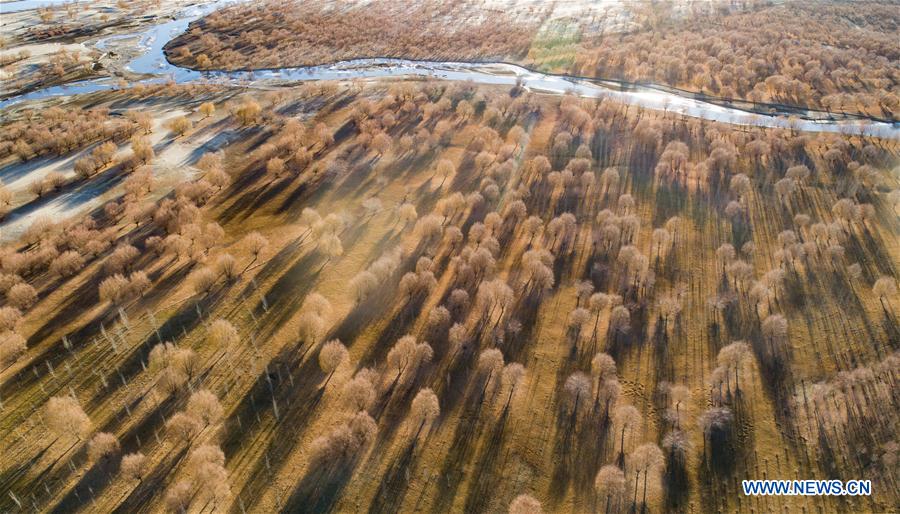
China’s planned dam on the Yarlung Zangbo River, which becomes the Brahmaputra downstream, has further amplified these concerns. The hydropower project, estimated to cost USD 137 billion, is touted to generate 300 billion kilowatt-hours of electricity annually, making it the world’s largest such venture. Situated in the Shigatse region of Tibet, a mere 22 kilometres from the Arunachal Pradesh border, the dam’s proximity and potential risks are alarming. While Chinese officials argue that the dam will have minimal impact on downstream areas, experts and local organisations in India have expressed serious doubts about these assurances.
The All Assam Engineer’s Association (AAEA), a prominent forum of graduate engineers, has raised concerns about the devastating impact a high-intensity earthquake near the dam could have on the Brahmaputra River basin. They have urged the Union government to address the issue firmly with Beijing, emphasising the potential havoc a dam failure could wreak across eastern India and northern Bangladesh. Adding to these concerns, the Chief Ministers of Arunachal Pradesh and Assam have also voiced their apprehensions. Arunachal CM Pema Khandu has highlighted the issue to New Delhi, while Assam CM Himanta Biswa Sarma has warned that mismanagement of the dam could disrupt the entire ecosystem of the lower riparian areas. Sarma further noted that the fertile regions of eastern India could be left solely reliant on rainfall from Bhutan and Arunachal Pradesh if the dam’s operations go awry.
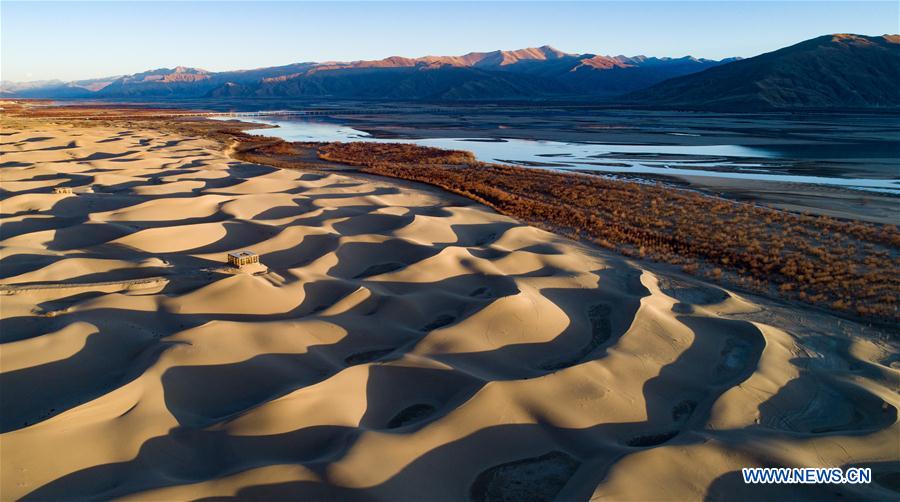
In a proactive measure to mitigate potential fallout, India has initiated the Siang Upper Multipurpose Project in Arunachal Pradesh. Unlike typical hydropower projects, this dam is designed not only to generate electricity but also to regulate the Brahmaputra’s flow throughout the year, counteracting any sudden water releases from China’s dam upstream. However, this project has not been without controversy. Local communities and human rights groups have opposed the Siang dam, citing concerns about the fragile ecosystem and the displacement of thousands of indigenous families living near the project site.
The broader issue remains the lack of a formal water-sharing agreement between India and China. New Delhi has called upon Beijing to respect the principles outlined in the United Nations Convention on the Law of the Non-Navigational Uses of International Watercourses (1997). These guidelines advocate for fair and sustainable use of transboundary rivers. Despite this, Beijing has shown little willingness to adhere to these principles for rivers originating in Tibet, including the Brahmaputra, Irrawaddy, and Mekong.
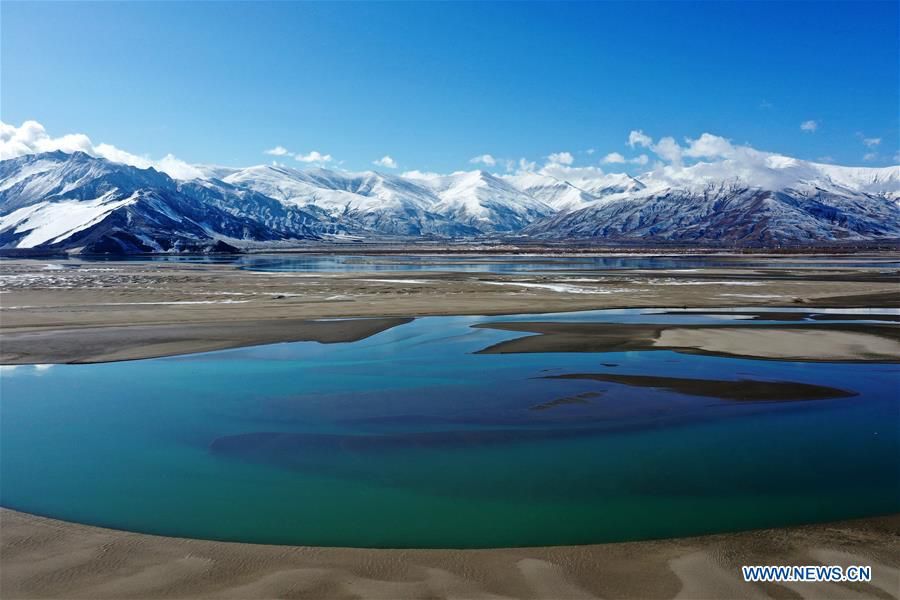
The absence of such an agreement leaves India vulnerable to unilateral decisions by China, which could have catastrophic consequences for millions living downstream. As the international community continues to grapple with water resource management and cross-border cooperation, India must intensify diplomatic efforts to pressure Beijing into adopting and respecting global water-sharing norms. Until then, the threat of potential disasters caused by China’s megadam in Tibet will remain a looming shadow over the lives of those dependent on the Brahmaputra basin.

